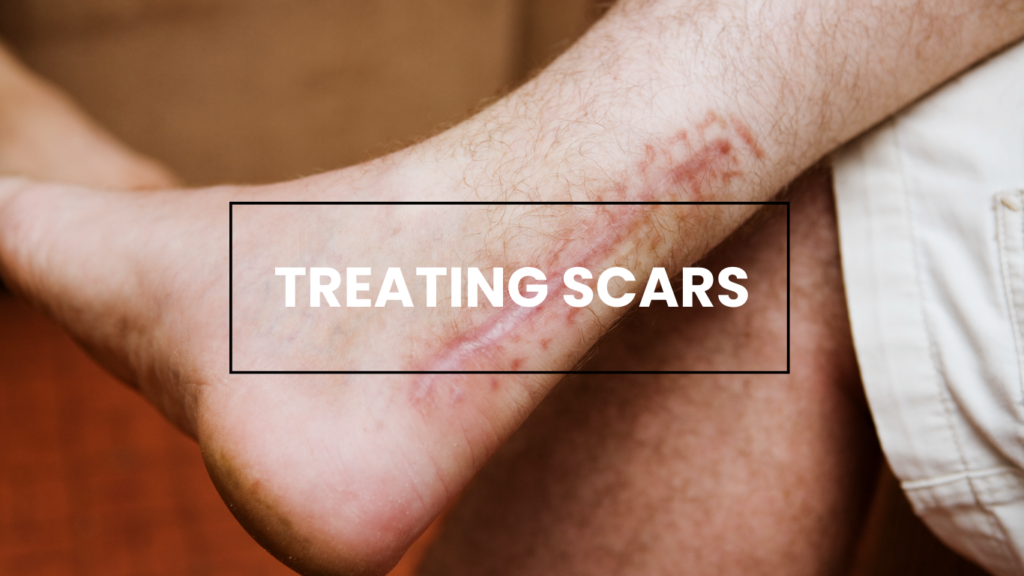Scars are a common occurrence that can happen after an injury, surgery, or skin condition such as acne. Scars can vary in appearance, depending on the type of injury or condition that caused them. Understanding the different types of scars can help you identify the type of scar you have and how best to treat it.
Keloid Scars
Keloid scars are raised, thickened scars that extend beyond the original wound area. They can be red or pink and have a shiny, smooth appearance. Keloid scars are caused by an overproduction of collagen during the healing process, which leads to excessive scar tissue formation. Keloid scars are more common in people with darker skin tones, and they may continue to grow even after the wound has healed.
Hypertrophic Scars
Hypertrophic scars are similar to keloid scars in appearance but do not extend beyond the original wound area. They are also caused by an overproduction of collagen during the healing process but are less severe than keloid scars. Hypertrophic scars may be red or pink and can become itchy or painful.
Atrophic Scars
Atrophic scars are flat or depressed scars that result from the loss of tissue during the healing process. They can be caused by conditions such as acne, chickenpox, or surgery. Atrophic scars may be classified as ice pick, boxcar, or rolling scars, depending on their appearance. Ice pick scars are deep, narrow, and pitted, while boxcar scars are wider and have a rectangular shape. Rolling scars have a wavy appearance and are shallow.
Contracture Scars
Contracture scars are thick, tight scars that result from the healing of burn injuries. They can cause the skin to tighten and may limit mobility in the affected area. Contracture scars can also affect underlying tissues such as muscles and tendons.
Stretch Marks
Stretch marks are scars that result from the stretching and tearing of the skin, often caused by rapid weight gain, pregnancy, or puberty. They appear as long, narrow streaks and may be red, pink, or purple when they first develop. Over time, they fade to a white or silver color.
Acne Scars
Acne scars are a type of atrophic scar that results from severe acne. They may appear as ice pick, boxcar, or rolling scars, and can be a significant source of distress for individuals who experience them.
Surgical Scars
Surgical scars are scars that result from a surgical procedure. They may be atrophic or hypertrophic and can vary in size and appearance depending on the location and type of surgery.
Traumatic Scars
Traumatic scars are scars that result from a traumatic injury, such as a deep cut or puncture wound. They can vary in size and appearance depending on the severity of the injury and may be atrophic or hypertrophic.
Pigmented Scars
Pigmented scars are scars that have an abnormal pigment distribution, resulting in discoloration or hyperpigmentation. They may occur as a result of acne, surgery, or other skin injuries.
In conclusion, understanding the different types of scars can help you identify the type of scar you have and how best to treat it. Treatment options for scars may include topical creams and gels, injections, pressure dressings, laser therapy, or surgery. Consulting with a dermatologist or healthcare provider can help you determine the best course of treatment for your specific type of scar.

